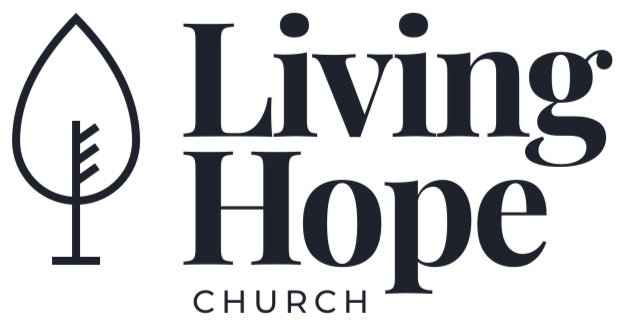Day 40
The details in today’s reading are quite obvious. There is a repeated phrase throughout this reading that goes something like this: Then you shall erect the tabernacle according to the plan for it that you were shown on the mountain (Ex. 26:30 ESV cf. 25:40). Then later in chapter 28 we have the instructions for the garments the priests are to wear. They were made according to the instructions and for glory and for beauty (28:2 ESV). And they were also holy garments that served to cover the sinfulness of the priest. The names of the twelve tribes were engraved on stones on the garment. On the front of the turban on a plate of gold were engraved the words “HOLY TO THE LORD” (28:36).
38 Aaron must wear it on his forehead so he may take on himself any guilt of the people of Israel when they consecrate their sacred offerings. He must always wear it on his forehead so the LORD will accept the people. (28:38 NLT)
This points to the sacred offerings being guilt offerings that were done to atone for sin and guilt. The symbolism of the garment takes the guilt into the presence of the Lord, who is the only one who can truly deal with the guilt of our sin. There must be a mediator for the people of God, a representative.
I like to point people to good resources. Here is an excerpt from the ESV Gospel Transformation Bible:
“Jesus, our Great High Priest, was chosen by God to serve as priest; he identified with human beings in our suffering and obedience so that he might be sympathetic to our weaknesses (Heb. 2:17–18; 5:5–10). He did not require holy garments to cover his sin; for he was the sinless one (Heb. 4:14–15) who was “holy, innocent, unstained, separated from sinners, and exalted above the heavens” (Heb. 7:26). He bore his people upon his heart as he made intercession for them, and he continues to do so (Heb. 7:25). And he clothes us with his righteousness so that we, as those who participate in his priesthood (1 Pet. 2:9; Rev. 1:5), have our sins covered and are “holy to the LORD.””
